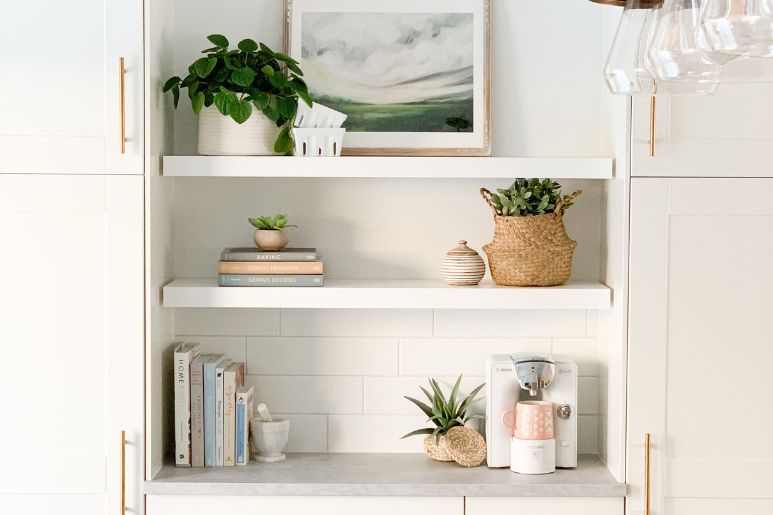
Open Shelving vs. Closed: Which Is Right for Your Home?
Open and closed shelving are two popular storage solutions in homes today. Open shelving has no doors or panels, allowing for an open view of the items stored on it. On the other hand, closed shelving has doors or panels that you can open to access items inside. Here’s a guide on open vs. closed shelving. Which is right for your home?
Advantages of Open Shelving
One of the biggest advantages of open shelving is its cost savings. Since there are no doors or panels to purchase, installation costs can be significantly lower than those associated with closed shelving. Open shelving also brings a visual appeal to any room in the home. The lack of barriers allows items stored on the shelves to be visible from all angles, allowing guests a full view of your collection. It lets you showcase unique pieces that add charm and character to your home’s interior design scheme.
Disadvantages of Open Shelving
A downside to using open shelving is that it can be difficult to maintain. With no doors or panels, items stored on these shelves face exposure to dust and other particles. As a result, regular cleaning is essential to keep them looking their best. Due to the lack of a barrier between the shelf and its contents, there’s no way of completely preventing items from falling off if they aren’t secure.
Advantages of Closed Shelving
When it comes to closed shelving, one of the biggest advantages is its ability to contain items. Unlike open shelves, this type of storage solution has doors or panels that you can open to access whatever’s inside. This feature makes it incredibly easy for homeowners to store larger items, such as garments, kitchenware, or personal belongings, they don’t want out in the open.
Disadvantages of Closed Shelving
One of the major disadvantages of using closed shelving is that it’s typically more expensive than open-style systems. Installation costs can be significantly higher depending on the type of material and design you choose, making it a less budget-friendly option for homeowners looking to save money on storage solutions. Another disadvantage of closed shelving is that it’s not as flexible as open shelves in terms of placement. Closed shelves tend to take up more room than open ones and may require a significant amount of floor space.
Choosing Between Open and Closed Shelving
When it comes to choosing between open or closed shelving, you should consider a few things before deciding. Think about the available space in your home. Depending on the size and shape of any given room, certain types of shelving may be better suited to it than others. Then think about what items you want to store on the shelves. Open shelves provide quick access to items and allow for a stunning display, while closed shelves offer more durability and security. Of course, you also want to ensure that the shelving you pick matches your overall home design and style.
Now that you know how to choose between open and closed shelving, you can determine what best suits your home. Before installing your new shelves, check out Right On Bracket’s durable selection of heavy-duty hidden shelf brackets to make your installation more efficient and effective.


